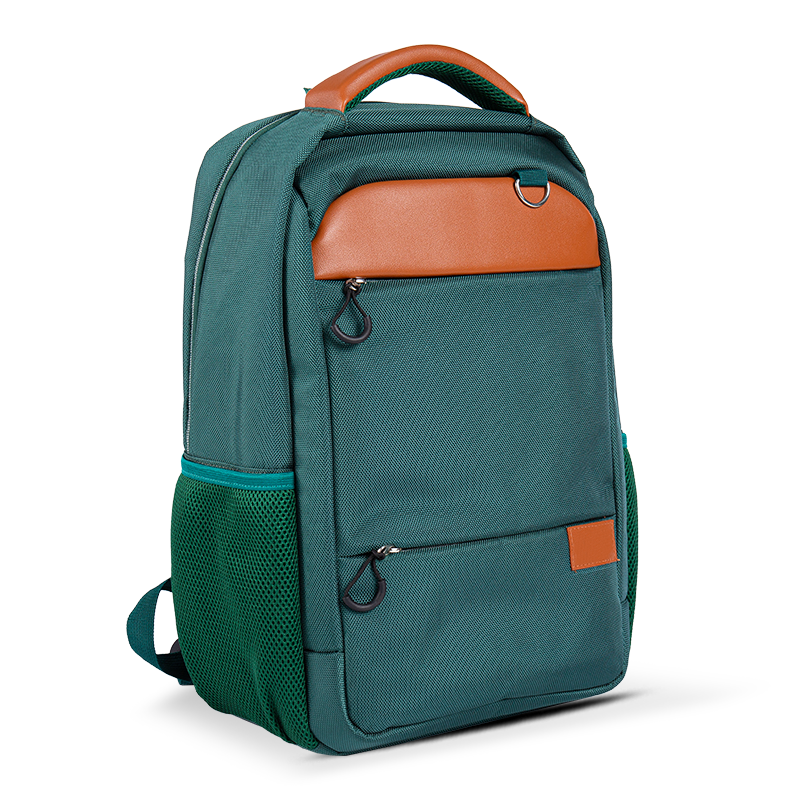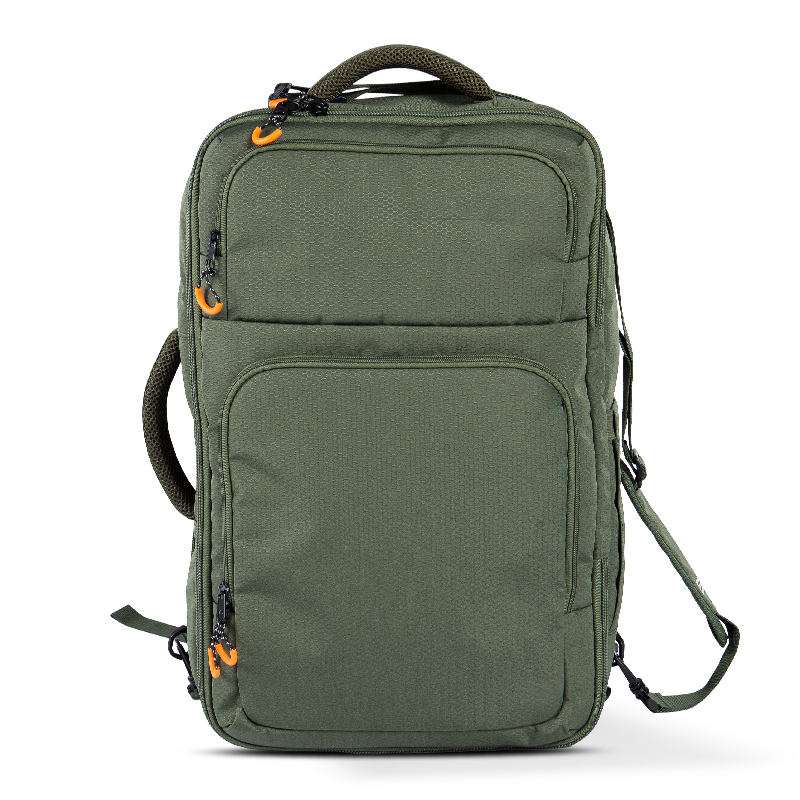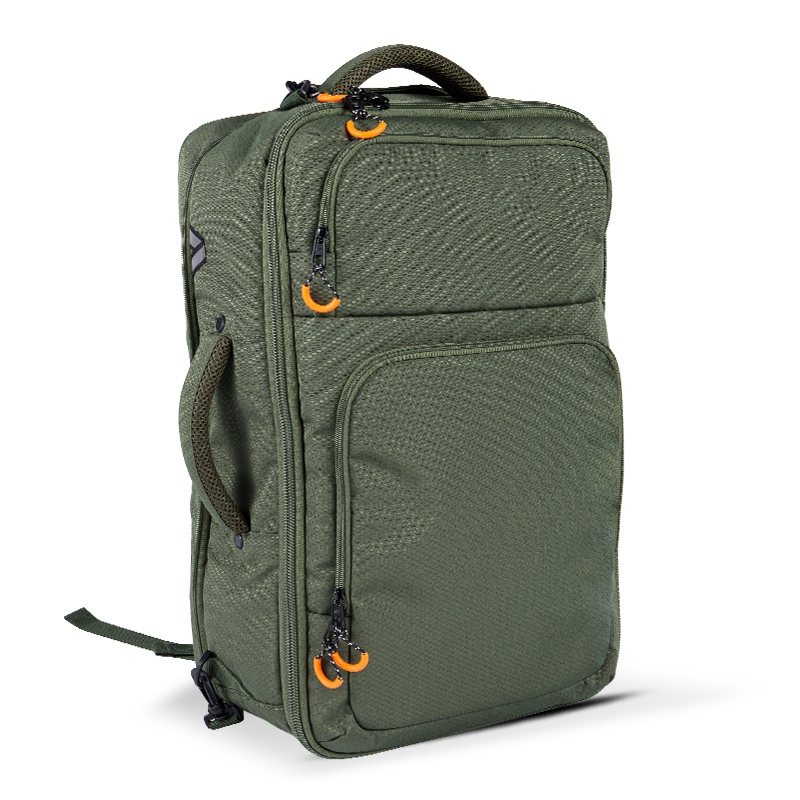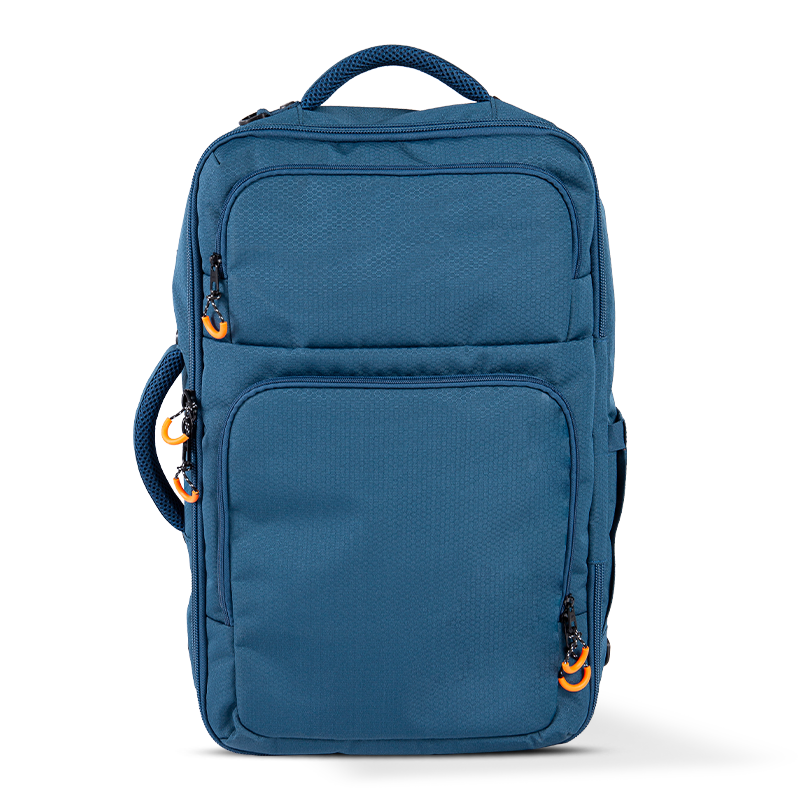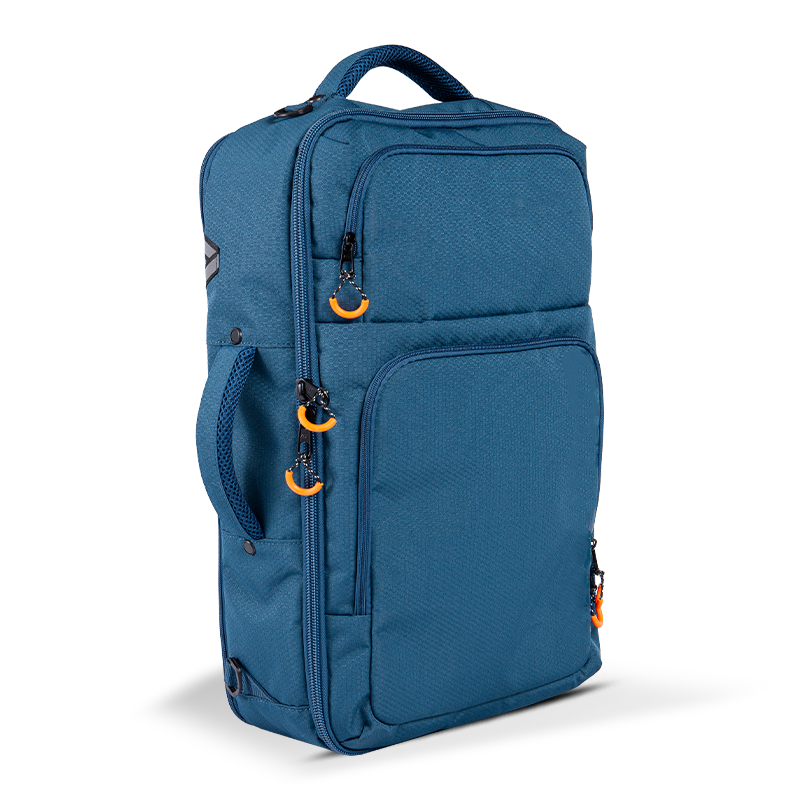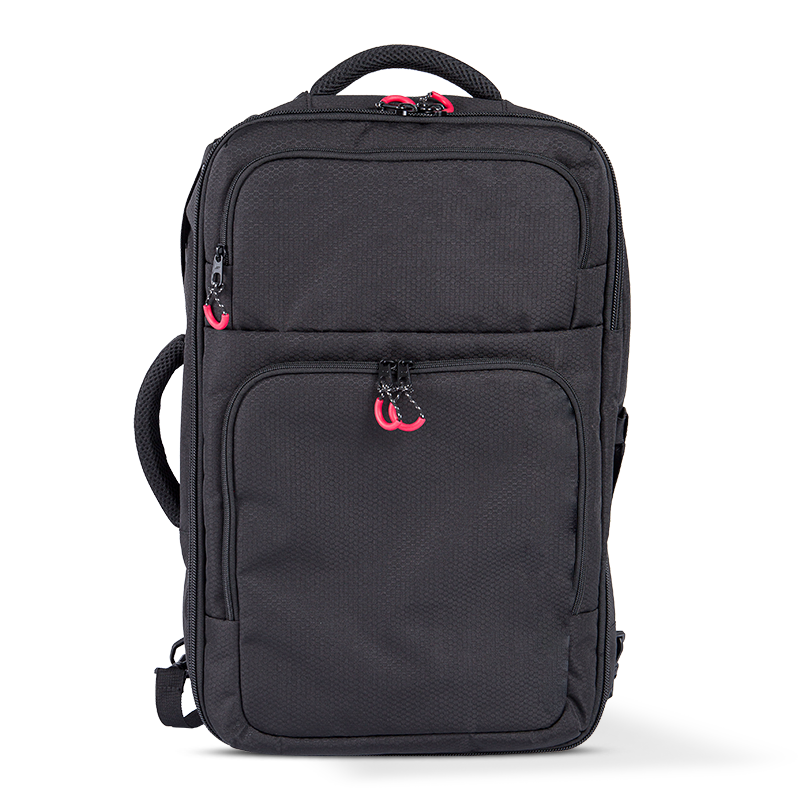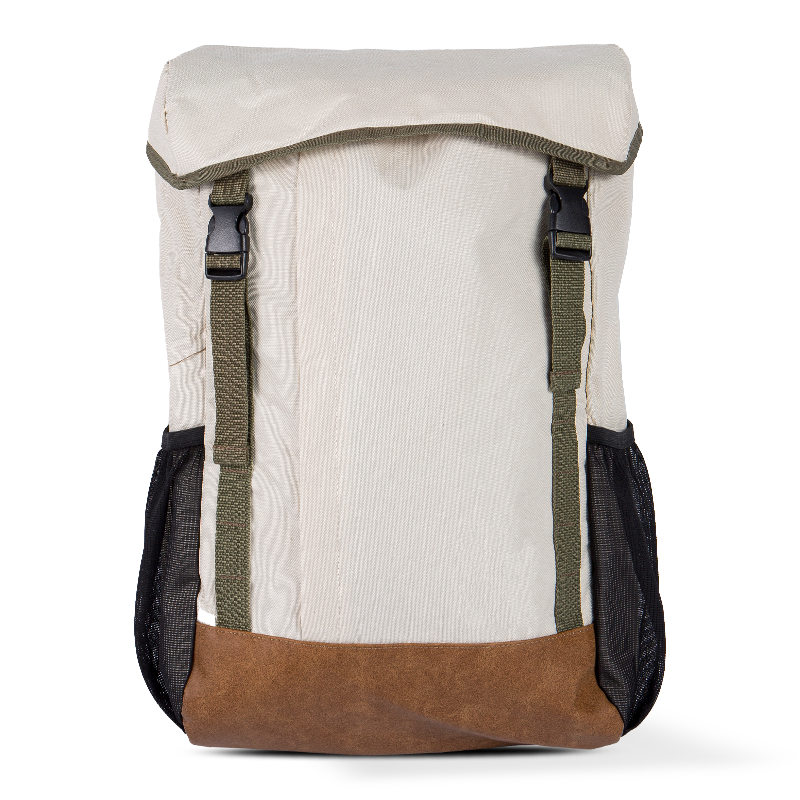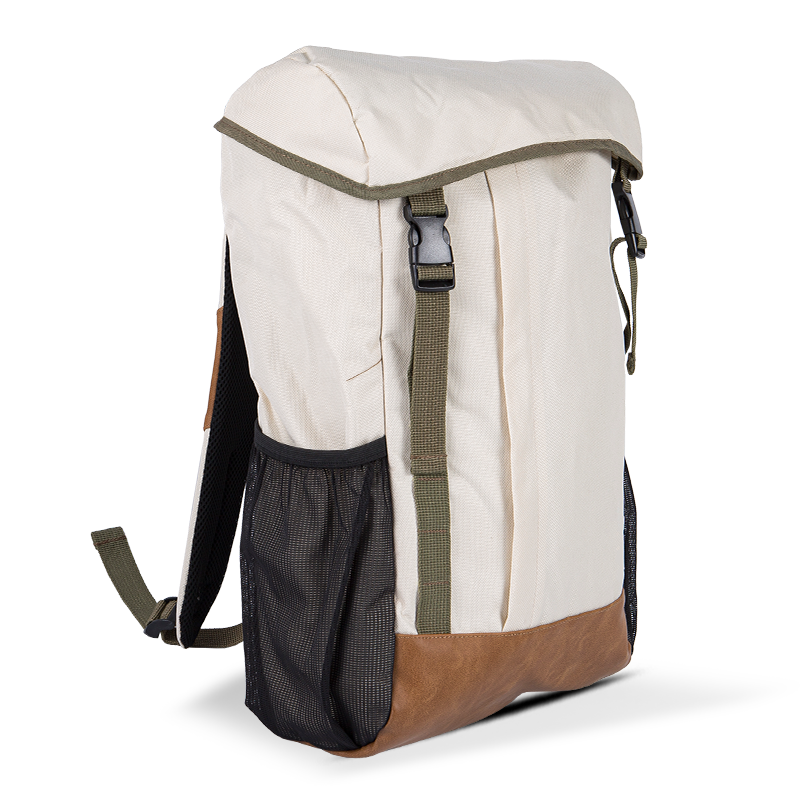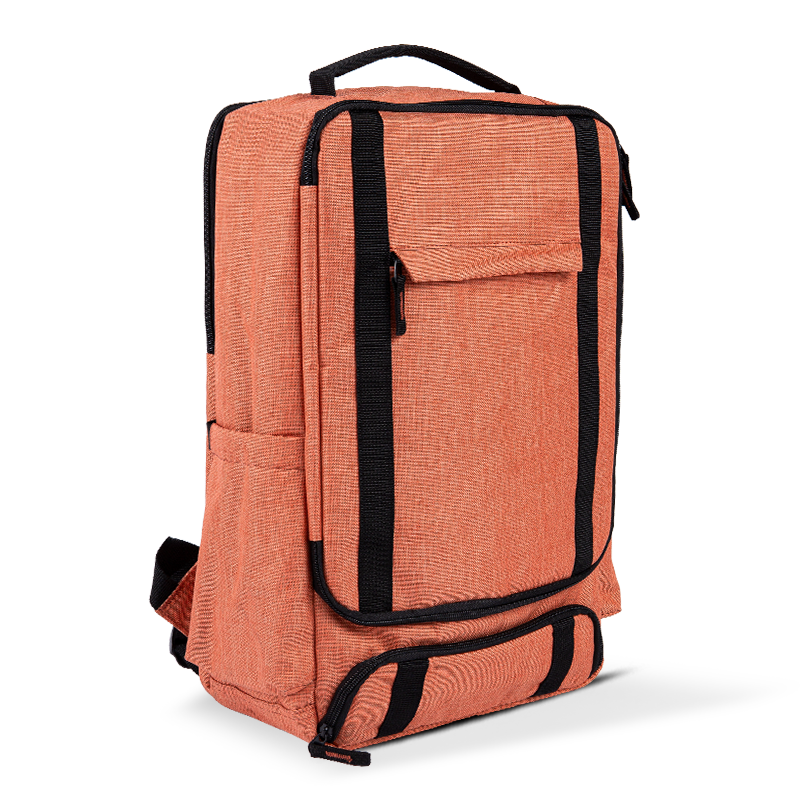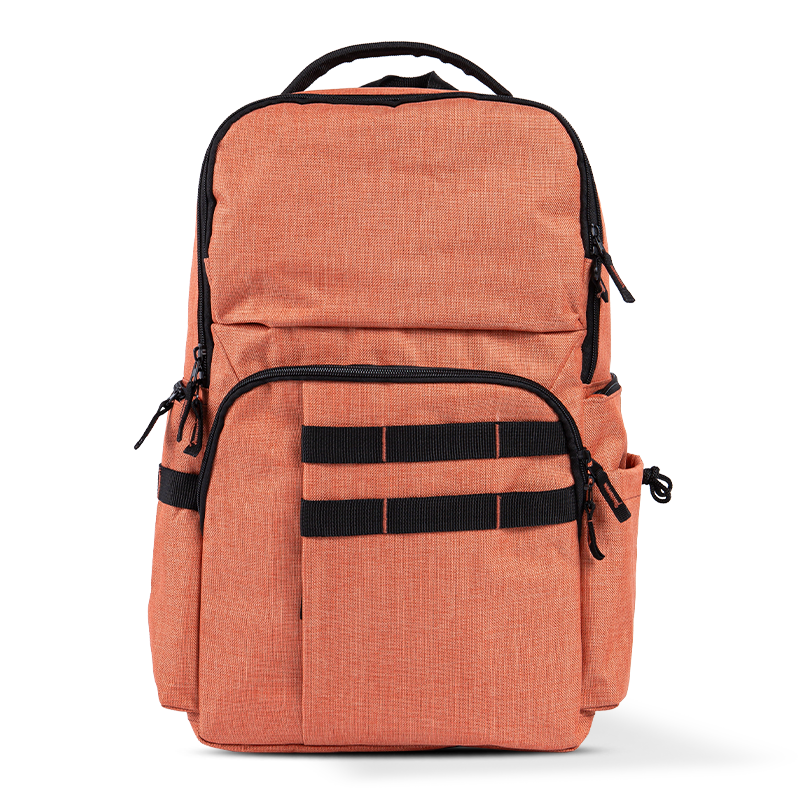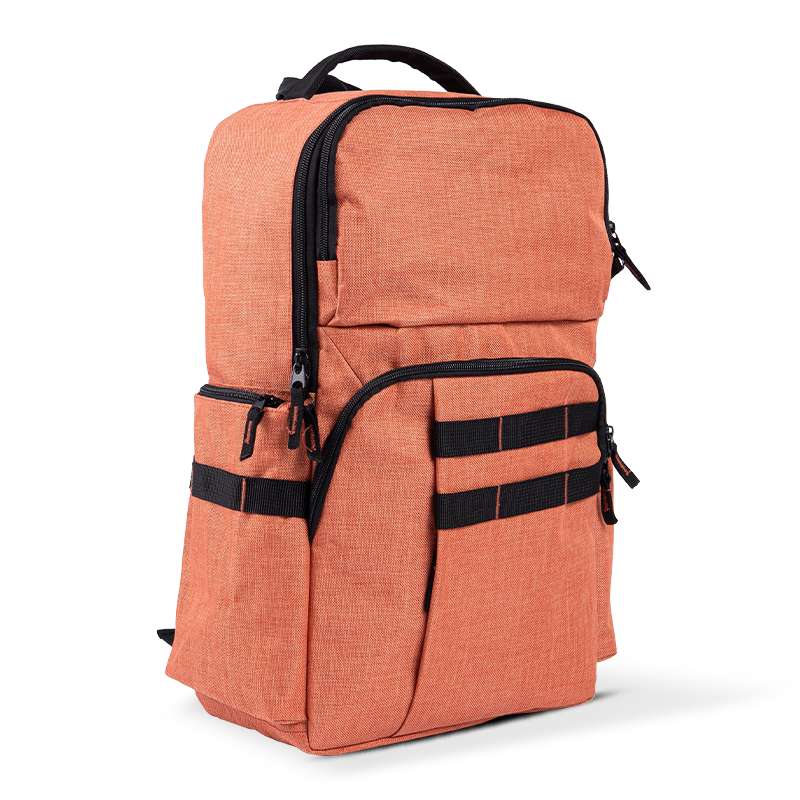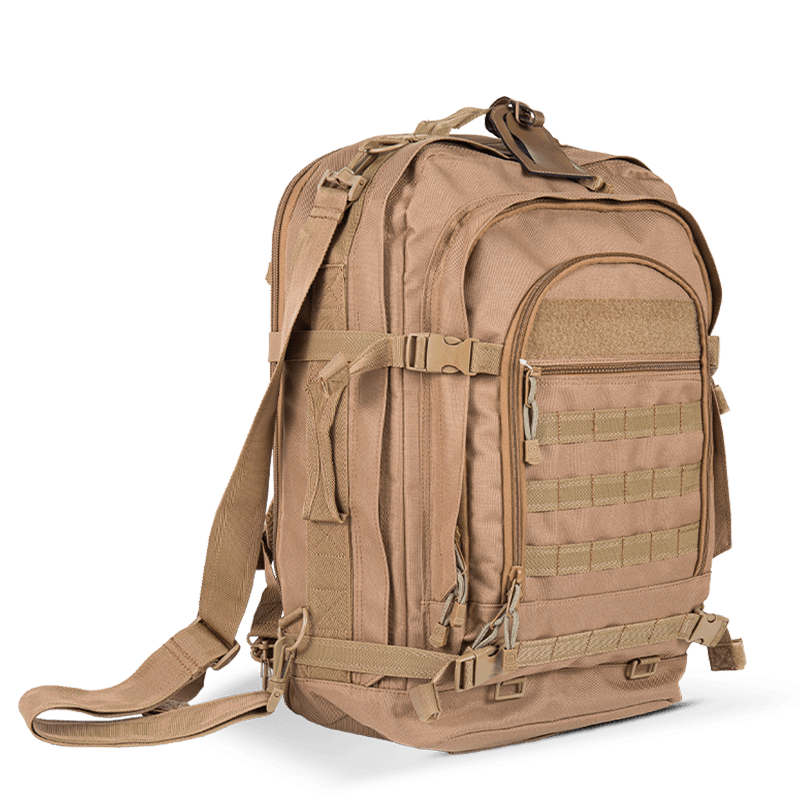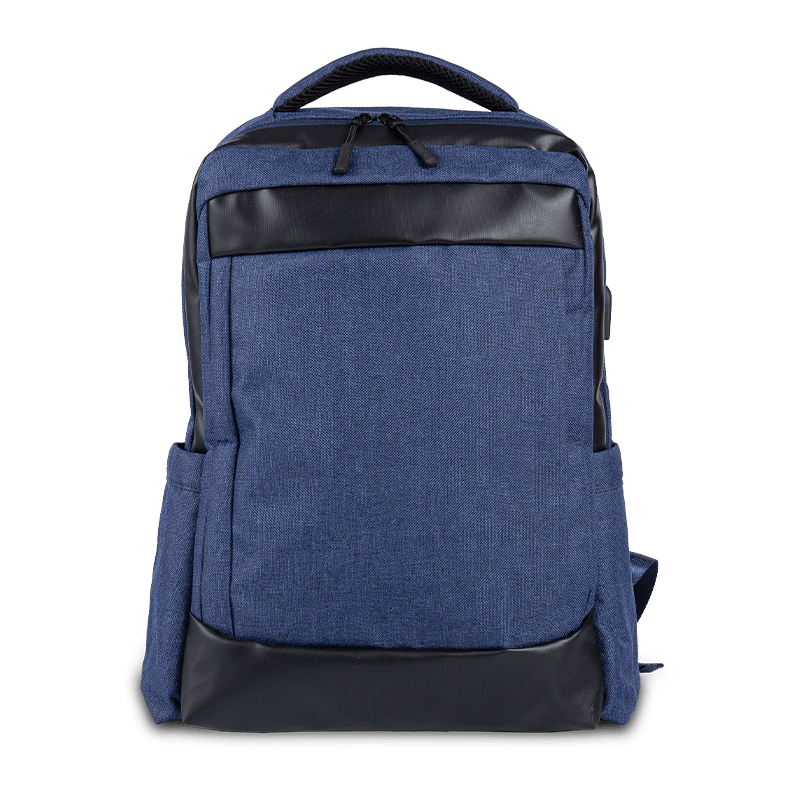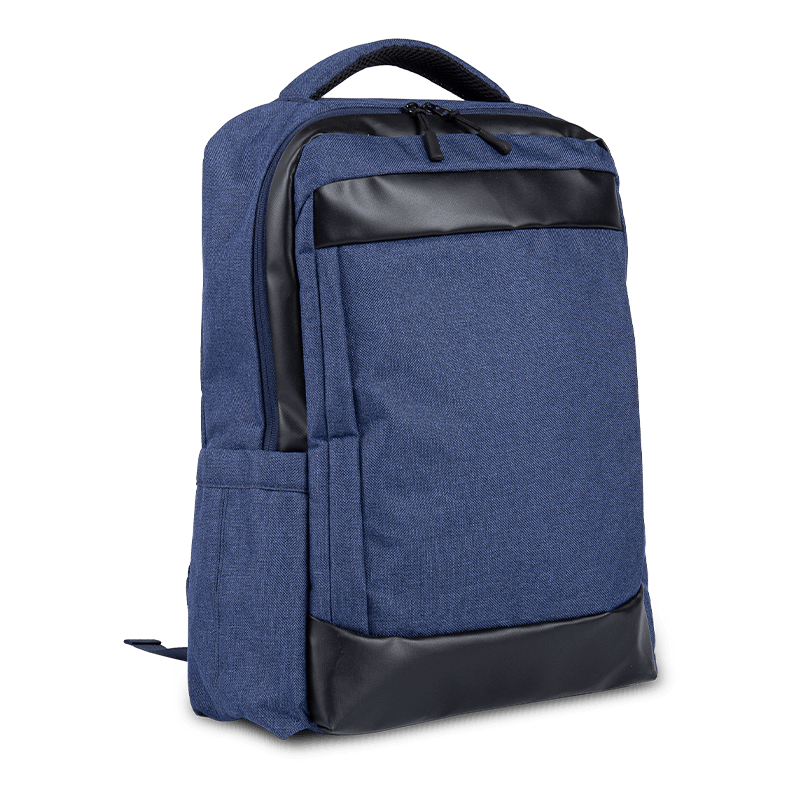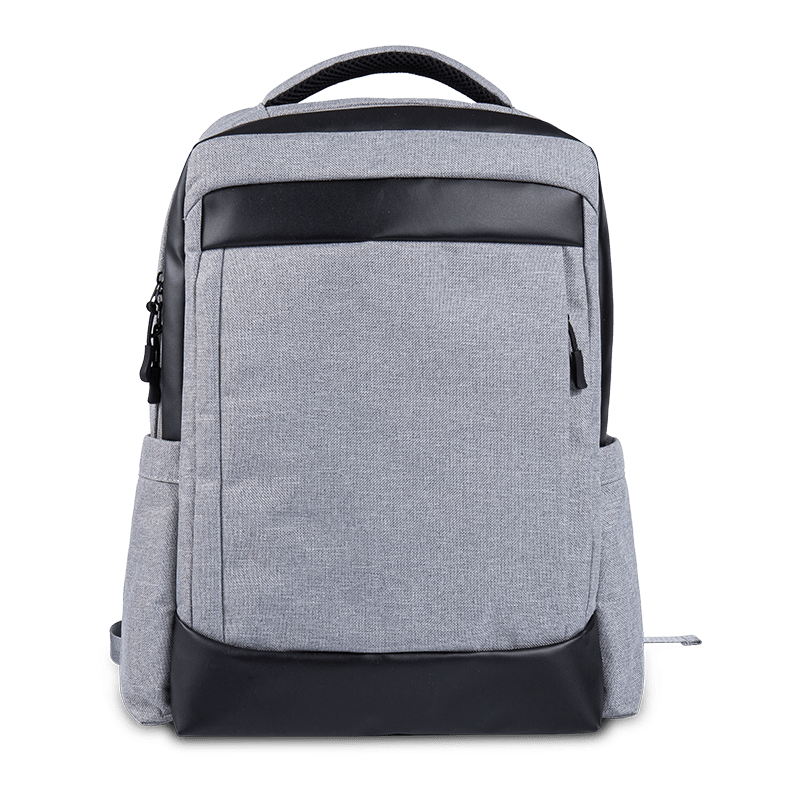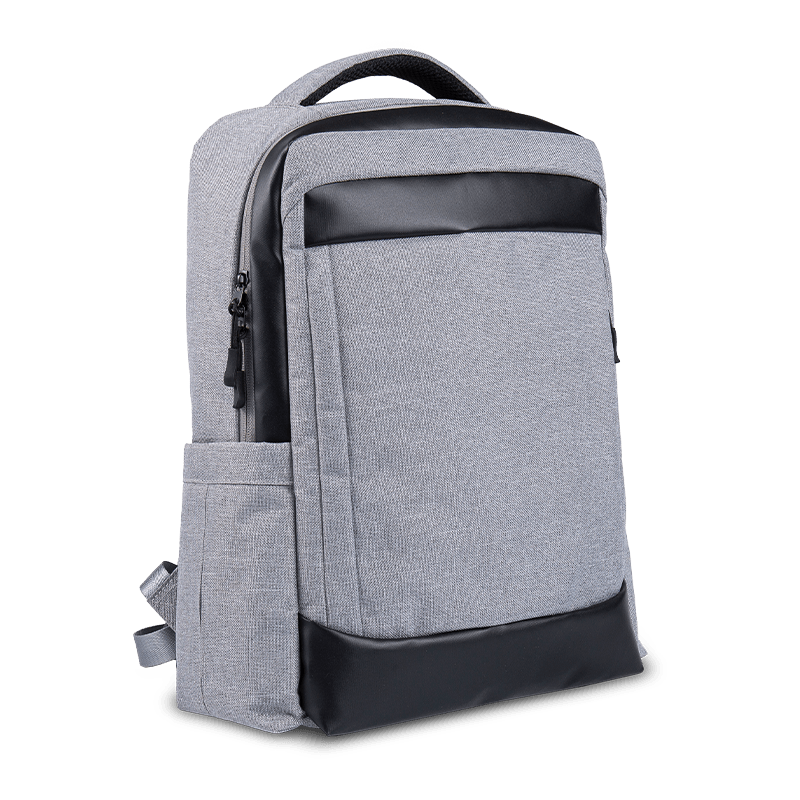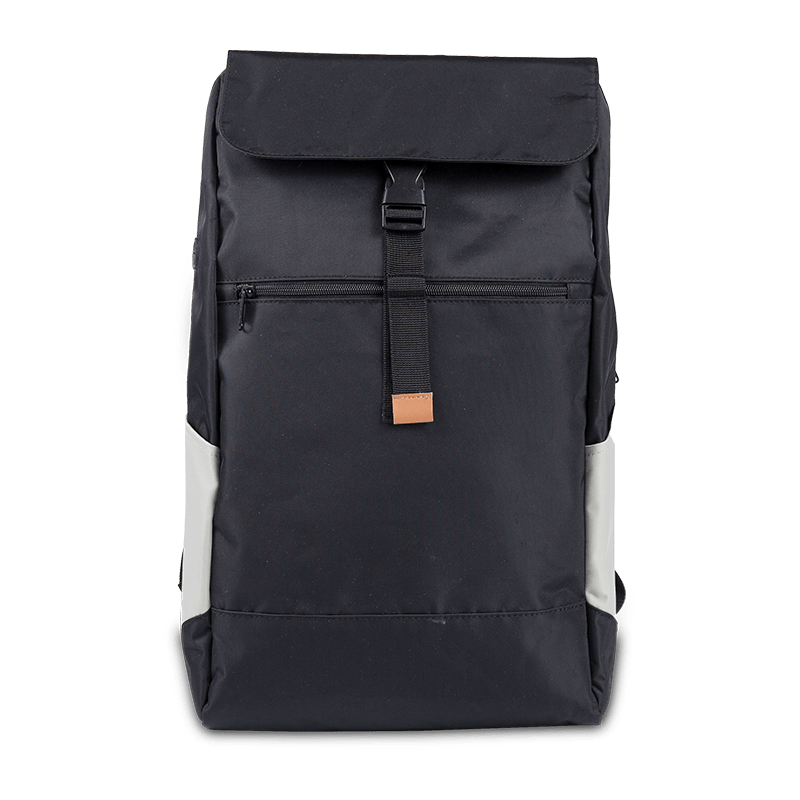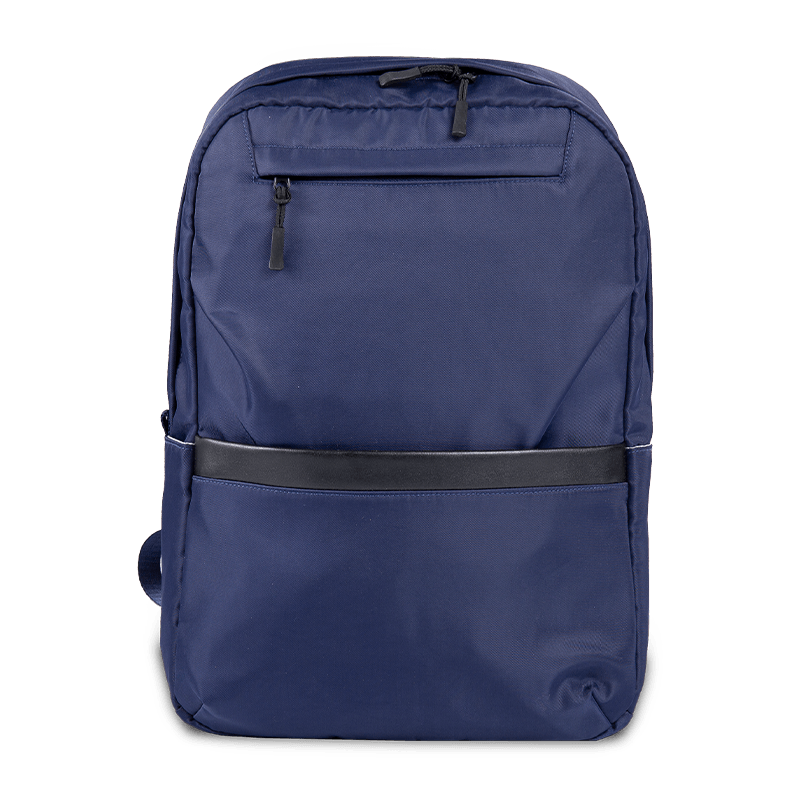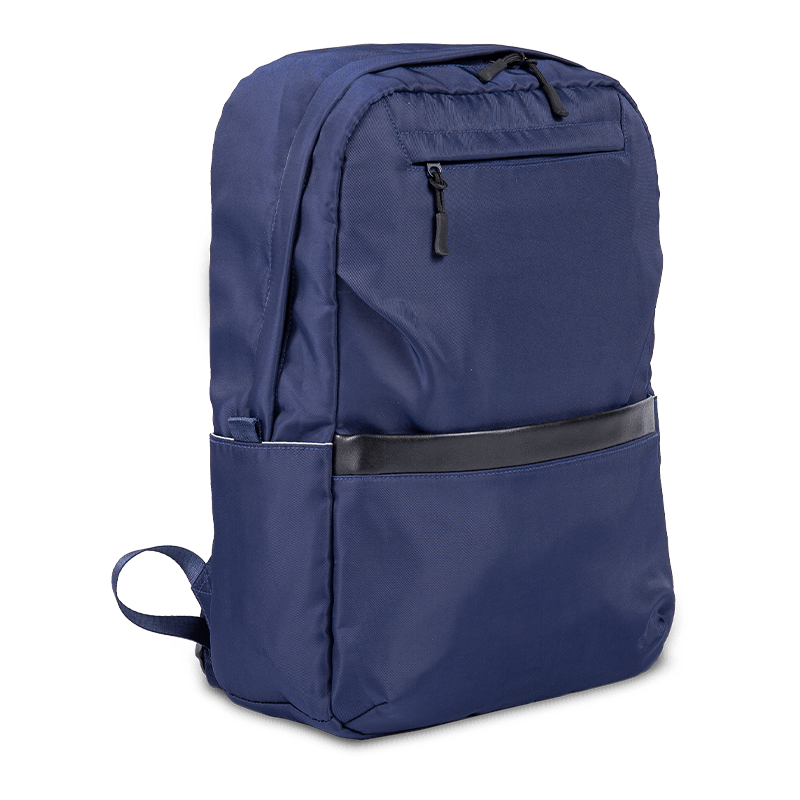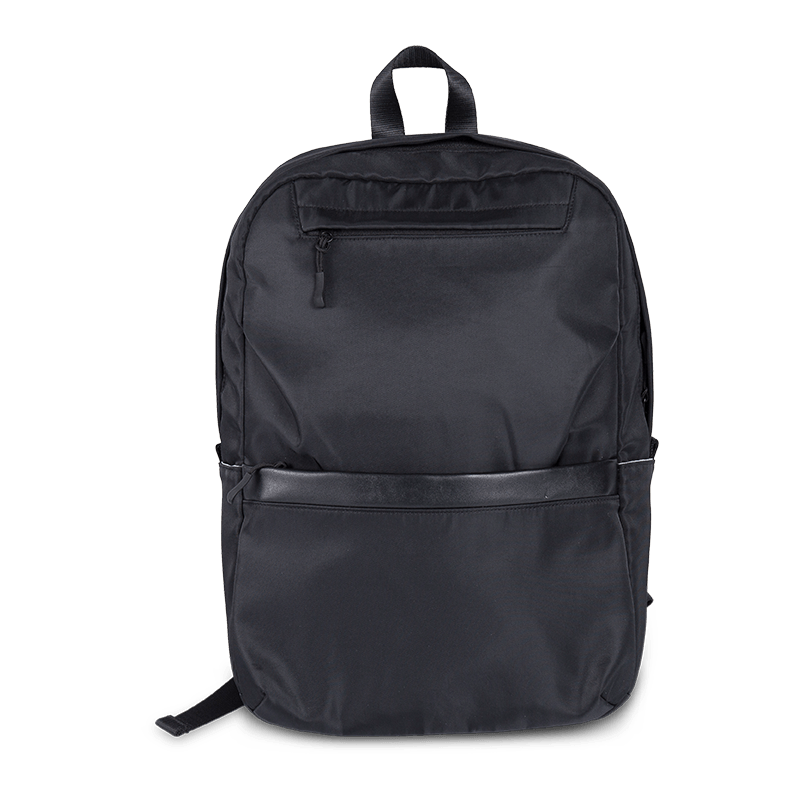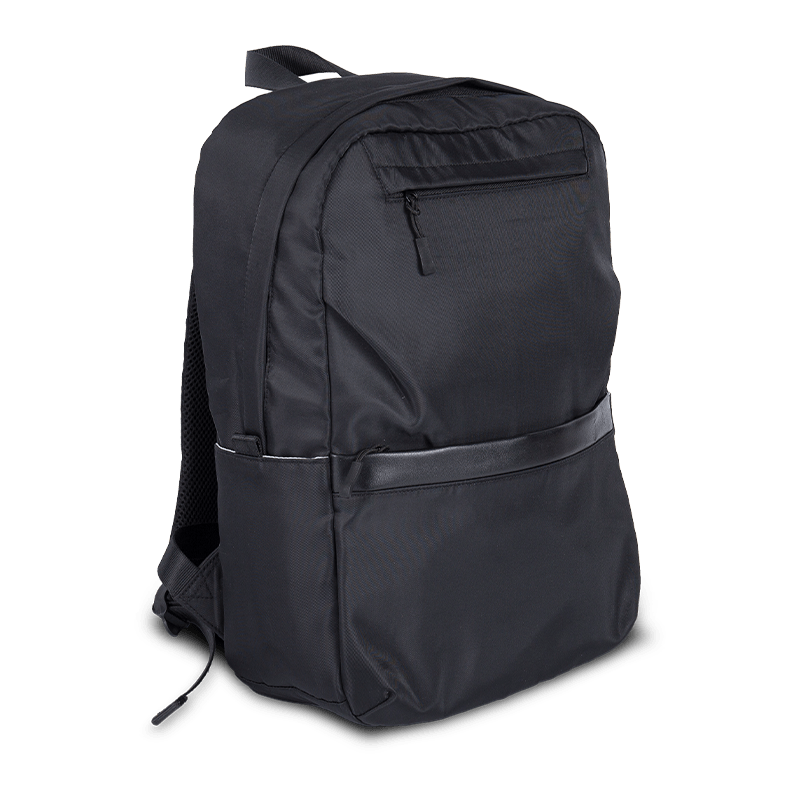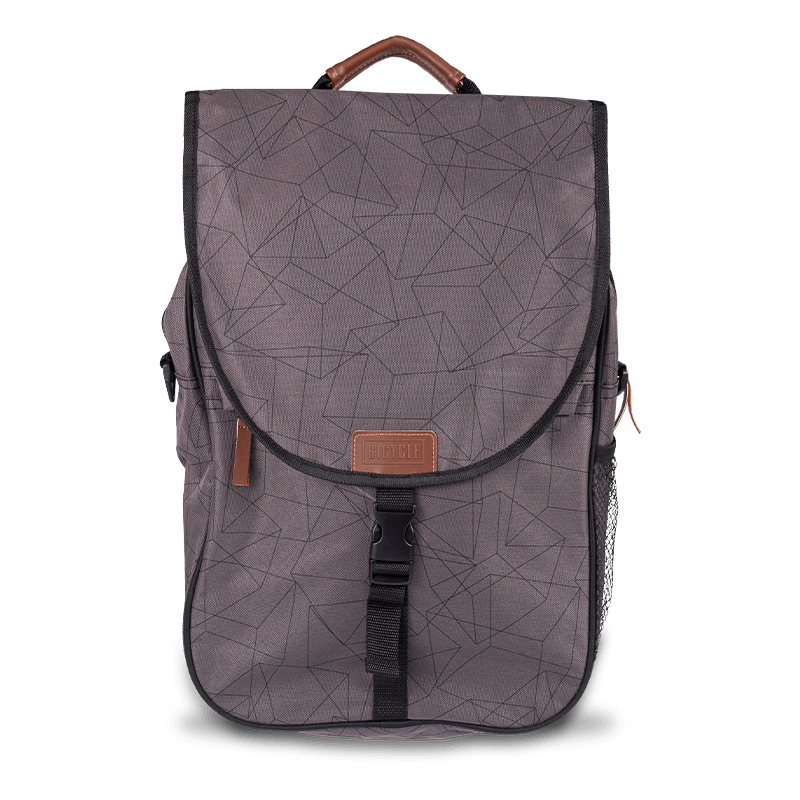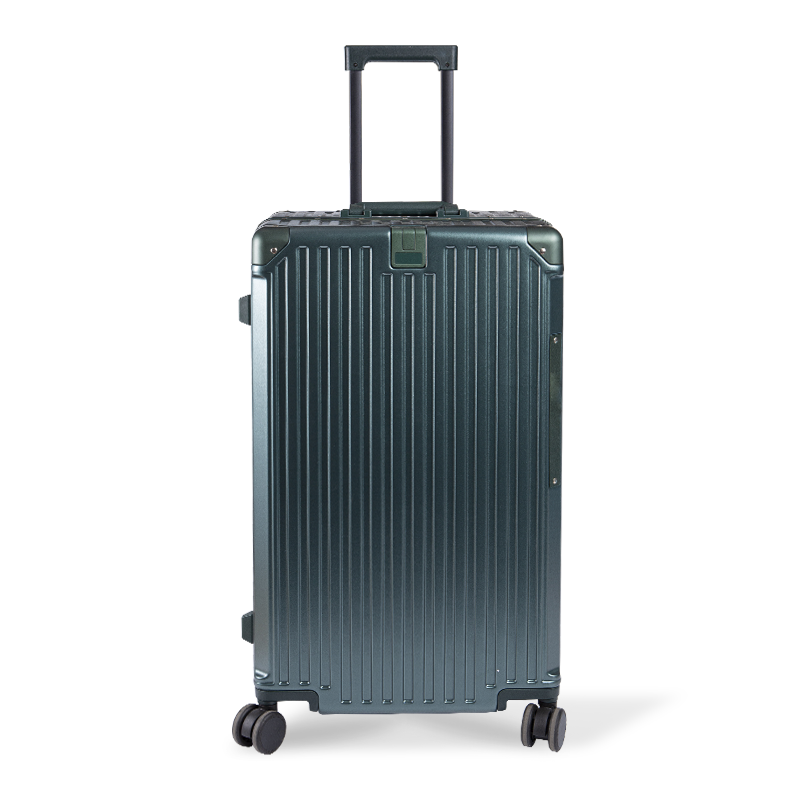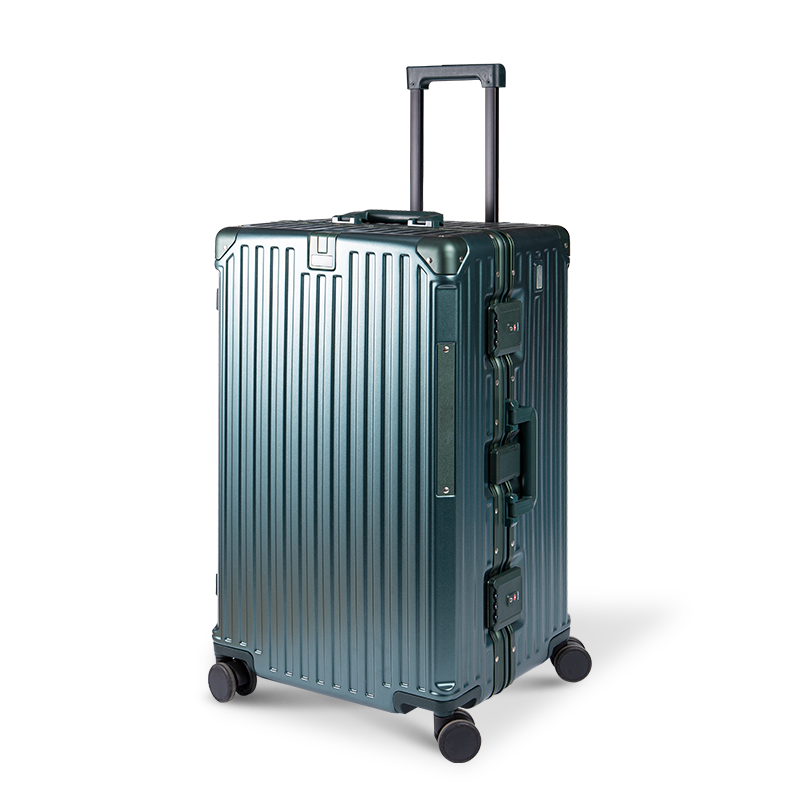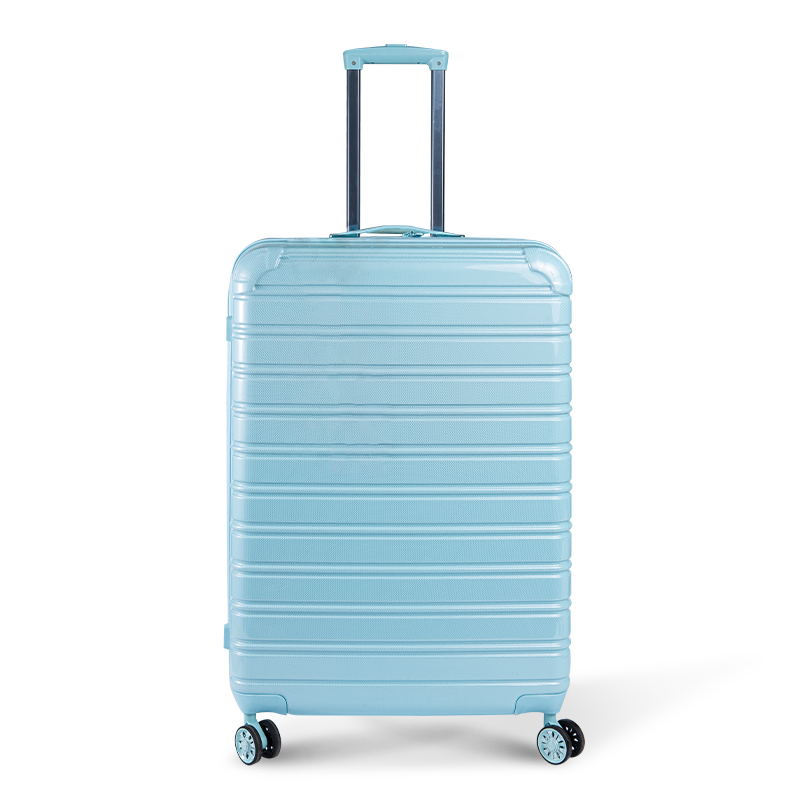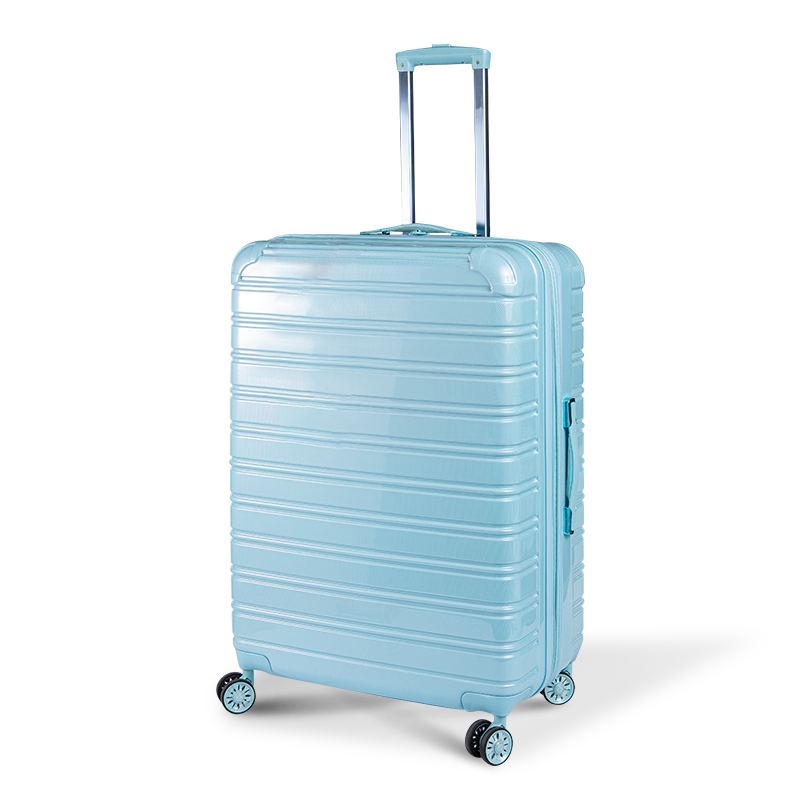For students of all ages, a school bags are far more than just a container; it’s a daily companion, an organizational hub, and crucially, a factor in their physical well-being. Choosing the right one can significantly impact comfort, posture, and even academic readiness. Forget fleeting trends; the focus should be on finding a bag that truly supports the student’s needs. Here’s a comprehensive guide to making that essential choice wisely.
Why the Right Bag Matters More Than You Think
Carrying heavy loads improperly is a primary culprit behind back, neck, and shoulder pain in children and adolescents. Studies have linked overloaded or poorly designed bags to musculoskeletal issues. Beyond health, a well-organized bag saves precious time and reduces stress – no more frantic searches for homework or gym clothes. A good bag also withstands the daily grind, representing better value in the long run. Prioritizing these factors ensures the bag works for the student, not against them.
Key Considerations When Selecting a School Bag
Size & Capacity:
Fit for Purpose: The bag must comfortably accommodate the student’s typical load – textbooks, notebooks, binders, lunchbox, water bottle, and any specialized gear (like art supplies or sports kit). Consider the largest items they regularly carry.
Age & Stature Appropriateness: A bag should never be wider than the student’s torso. The bottom of the bag should rest comfortably in the curve of the lower back, not sagging past the hips. An oversized bag leads to overpacking and poor weight distribution. Look for school bags for different age groups to find the right scale.
Comfort & Ergonomics: This is Non-Negotiable
Padded, Adjustable Shoulder Straps: Wide (at least 2 inches), well-padded straps are essential. They must be easily adjustable to fit snugly but comfortably, ensuring the bag sits high on the back, not dragging down. Adjustable sternum straps (chest straps) are highly recommended, especially for heavier loads or active kids, as they help stabilize the bag and distribute weight across the chest.
Padded Back Panel: Adequate padding moulds slightly to the back, enhancing comfort and providing a barrier between hard objects (like binders or laptops) and the spine. Look for breathable mesh materials to reduce sweating.
Hip Belt (For Heavier Loads): For older students carrying significant weight (e.g., high school or college), a padded hip belt transfers load from the shoulders and back to the stronger hips and pelvis. This is a game-changer for comfort and posture during longer commutes.
Torso Length Adjustment: Some higher-end or hiking-inspired bags offer adjustable torso lengths for a truly customized fit, ensuring the hip belt sits correctly if present.
Organization & Compartments:
Dedicated Laptop/Tablet Sleeve: Essential for protecting devices. Ensure it’s padded and correctly sized. A separate sleeve prevents devices from shifting and getting scratched.
Main Compartment: Should be spacious enough for books and binders. Consider if it opens clamshell-style (like a suitcase) for easy packing, or top-loading.
Secondary Compartments: Multiple smaller pockets and dividers are crucial for organizing smaller items – pens, calculators, keys, phones, lunch money, chargers. Look for easy-access pockets on the top or front for frequently needed items.
Side Pockets: Elasticated mesh pockets are perfect for water bottles or umbrellas, keeping them secure and separate from books.
Key Clips & Organizer Panels: Internal organization features prevent the “black hole” effect. Finding school bags with good organization reduces morning chaos.
Durability & Materials:
Fabric: Look for robust, water-resistant or water-repellent materials like polyester (e.g., 600D or higher) or nylon (e.g., Cordura-style). Ripstop fabric is excellent for preventing small tears from spreading. Canvas is durable but heavier and less water-resistant.
Zippers: High-quality, sturdy zippers (like YKK) are vital. Check that they run smoothly, especially at corners. Large, durable zipper pulls are easier for smaller hands.
Stitching & Reinforcements: Double or triple stitching at stress points (shoulder strap anchors, bottom of the bag, handles) is a sign of quality. Reinforced corners and base add longevity. Look for bar tacking (extra dense stitching) at key attachment points.
Hardware: Buckles and strap adjusters should be robust plastic or metal.
Weight & Portability:
Lightweight Construction: An empty bag shouldn’t add unnecessary burden. Modern materials allow for strength without excessive weight. Compare the weight of different school bag styles before buying.
Carry Options: While backpacks are generally the healthiest option, some situations might warrant a briefcase-style bag or a messenger bag. However, these often distribute weight unevenly (one shoulder) and are less recommended for heavy loads or primary use. If chosen, ensure they have a wide, padded cross-body strap. Rolling backpacks can be an alternative for students with very heavy loads or mobility issues, but consider stairs and crowded hallways.
Safety & Visibility:
Reflective Elements: Strips or patches on the front, back, and sides are crucial for students walking or cycling in low-light conditions, making them visible to drivers.
Bright Colors: While personal preference matters, brighter colors also aid visibility.

Optimizing Packing & Wear for Health
Choosing the right bag is only half the battle; using it correctly is essential:
Weight Limit: Aim for the loaded bag to weigh no more than 10-15% of the student’s body weight. Regularly audit contents – remove unnecessary items, bring home only the books needed for homework.
Packing Smart:
Heaviest items (textbooks, laptops) should be packed closest to the back and centered.
Medium-weight items go in front of those.
Lighter items go towards the front or in outer pockets.
Utilize all compartments to distribute weight evenly and prevent items from shifting.
Wearing Correctly:
Always use both shoulder straps. Slinging a backpack over one shoulder creates uneven strain.
Adjust straps so the bag sits high and snug against the back – the bottom should be just above the waistline (2-4 inches above the hips).
Tighten the adjustable sternum strap if present.
Use the hip belt for heavier loads, ensuring it sits snugly over the hip bones.
Ensure the bag isn’t sagging or pulling the wearer backward. Proper backpack wearing techniques prevent strain.
Lifting Safely: Bend at the knees, not the waist, and use both hands to lift the bag onto a surface before putting it on.
Maintaining Your Investment: Care Tips
Regular Cleaning: Empty all pockets. Spot clean with a damp cloth and mild soap. Check the care label – many modern bags can be gently machine washed on cold inside a laundry bag and air-dried (NEVER tumble dry, as heat can damage fabrics and zippers). How to clean a school backpack properly extends its life.
Zipper Care: Occasionally lubricate zippers with a specialized zipper lubricant or a graphite pencil to keep them running smoothly.
Drying: Always air dry thoroughly, preferably out of direct sunlight, after cleaning or exposure to rain. Never store a damp bag.
Storage: When not in use (e.g., holidays), empty and clean the bag thoroughly, then store it in a cool, dry place, preferably not compressed.
Beyond the Backpack: Alternative Styles (Use with Caution)
Messenger Bags/Crossbody Bags: Can be stylish but promote uneven weight distribution. Best for light loads and short durations. Opt for wide, padded straps and switch shoulders frequently. Not ideal as a primary school bag.
Tote Bags: Lack structure, support, and organization. Straps dig into shoulders. Only suitable for very light, occasional loads.
Rolling Backpacks: Solve the weight-bearing issue but have drawbacks: navigating stairs, crowded corridors, snow, or uneven pavements can be difficult. They can be bulky to store under desks or on buses. Check school policies regarding them. Pros and cons of rolling school bags should be carefully weighed.
Making the Final Choice: Involve the Student
While parents guide on health, safety, durability, and budget, the student needs to feel comfortable and positive about their bag. Involve them in the selection process within the parameters of the essential features. Let them try on loaded bags, adjust the straps, and assess the comfort and fit. A bag they like is more likely to be worn correctly and cared for.
Conclusion: An Investment in Well-being
Selecting the right school bag is a practical decision with significant implications for a student’s daily comfort, physical health, and organizational efficiency. By prioritizing ergonomics, durability, smart organization, and correct usage over fleeting style trends, you invest in a tool that supports their learning journey without compromising their well-being. Remember the core principles: comfort first, distribute weight wisely, pack smart, and maintain it well. With careful consideration, you can find the perfect daily companion that carries their load effectively, safely, and comfortably for the school year ahead. Finding affordable school bag options that meet all these criteria is entirely possible with research and focus on the essential features.

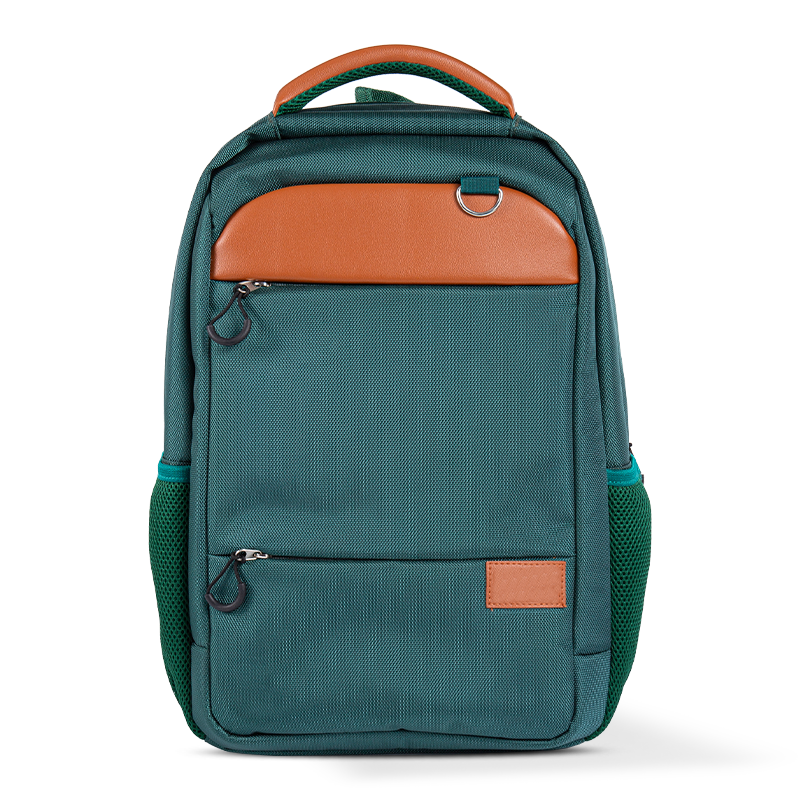
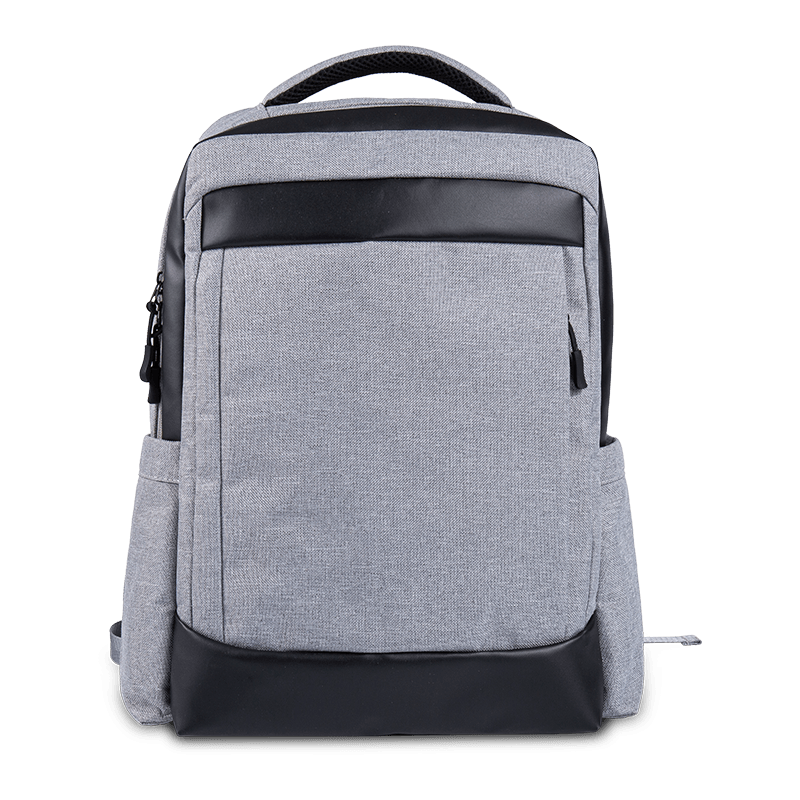
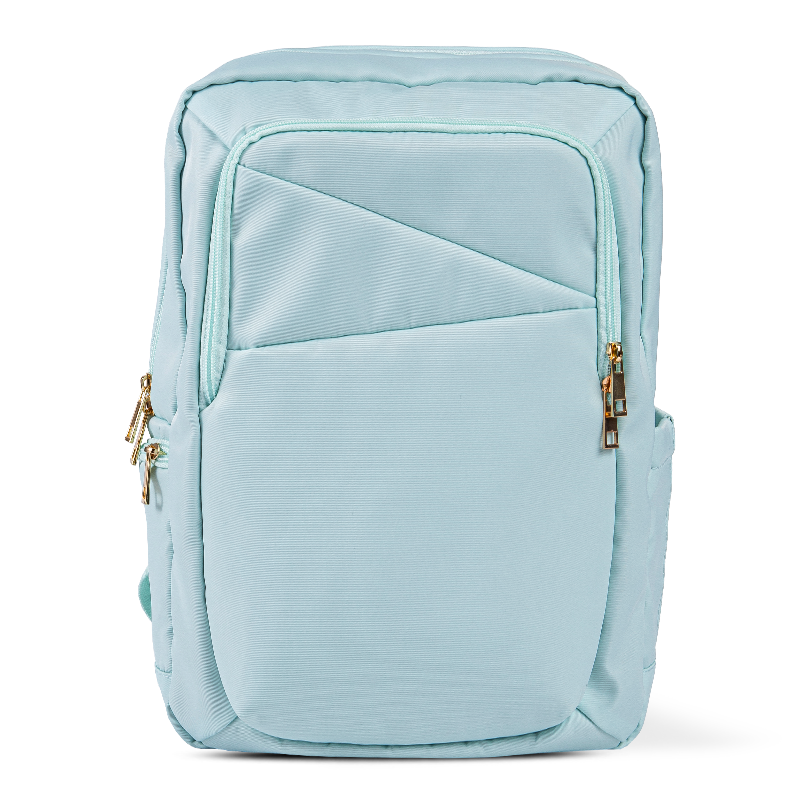
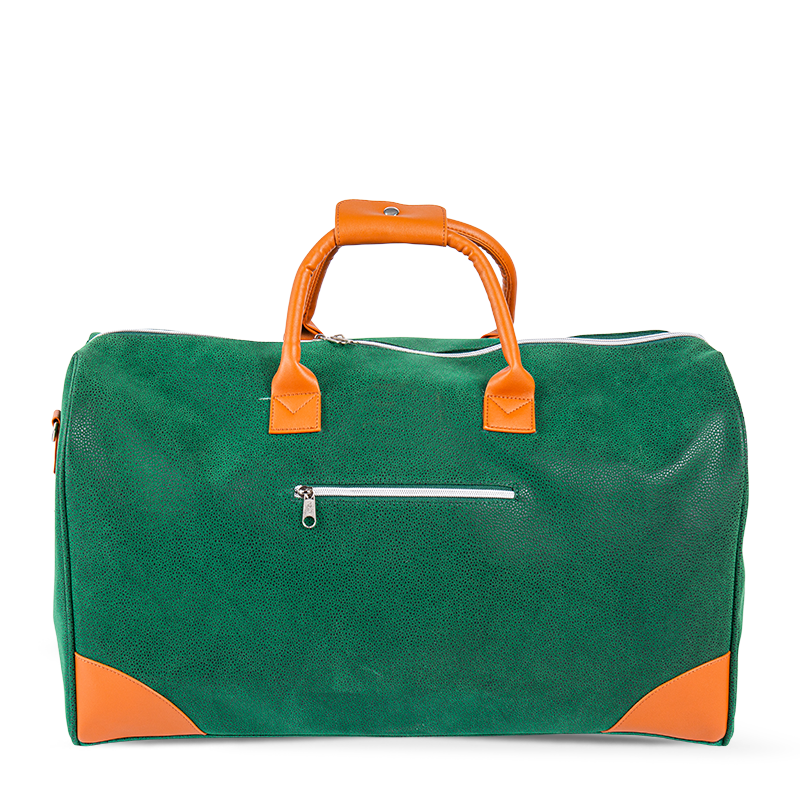

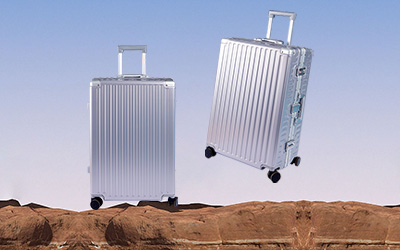
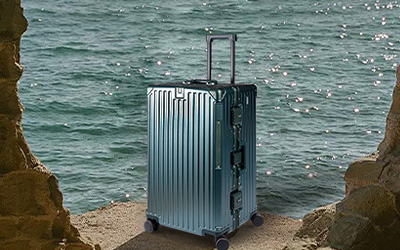
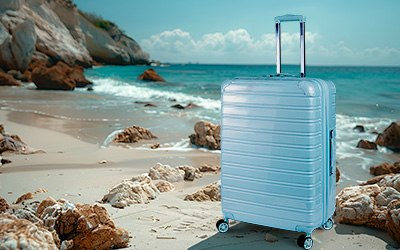
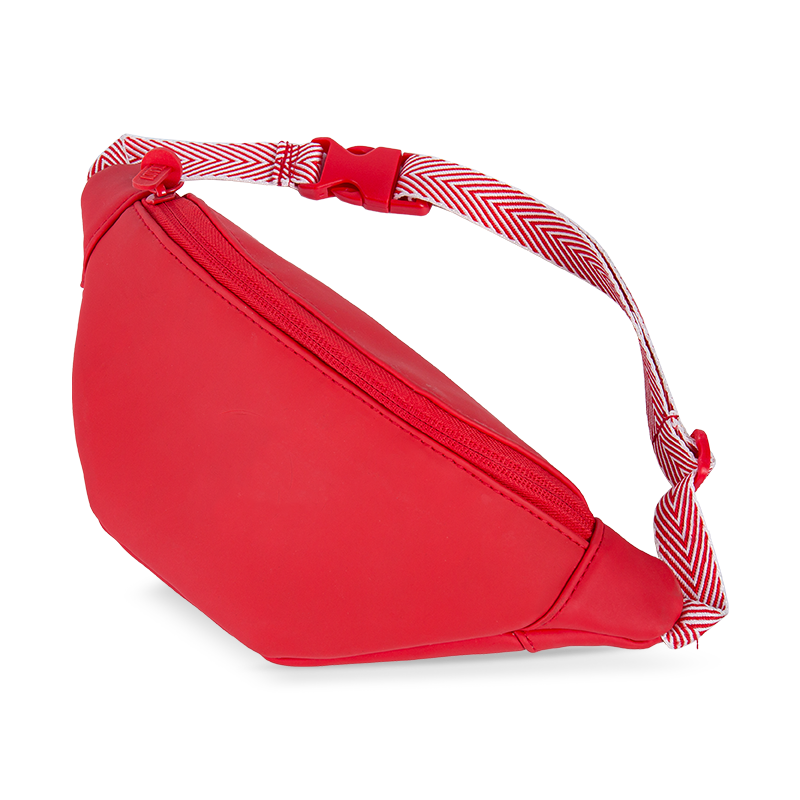
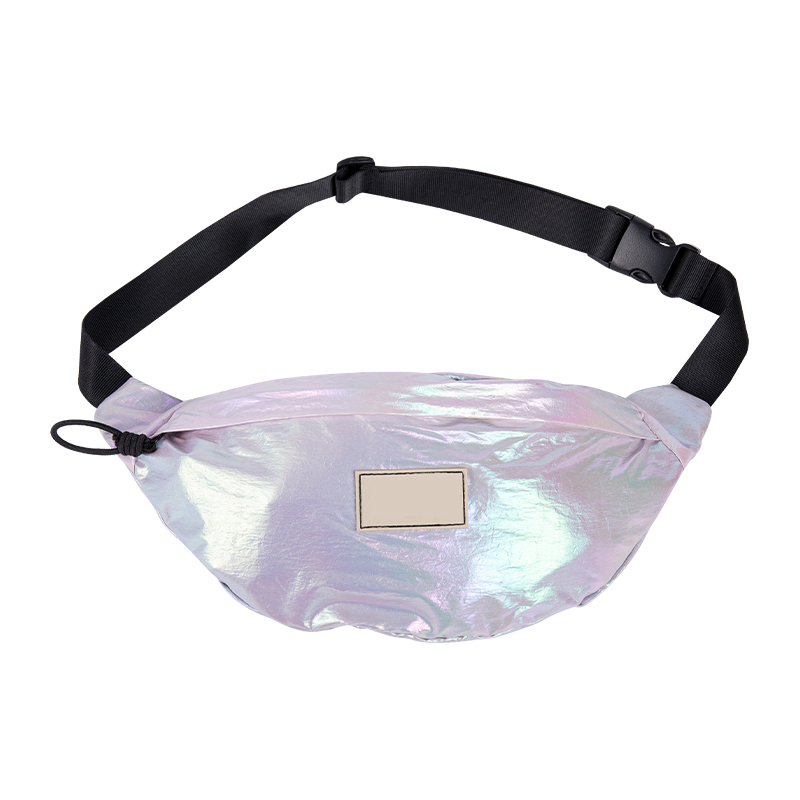
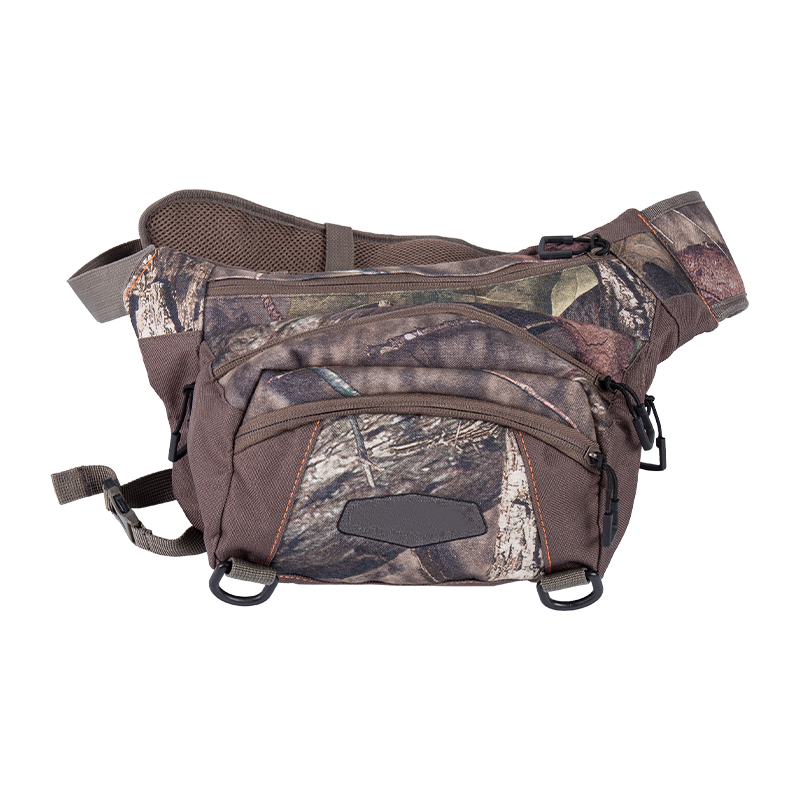



 English
English Español
Español عربى
عربى